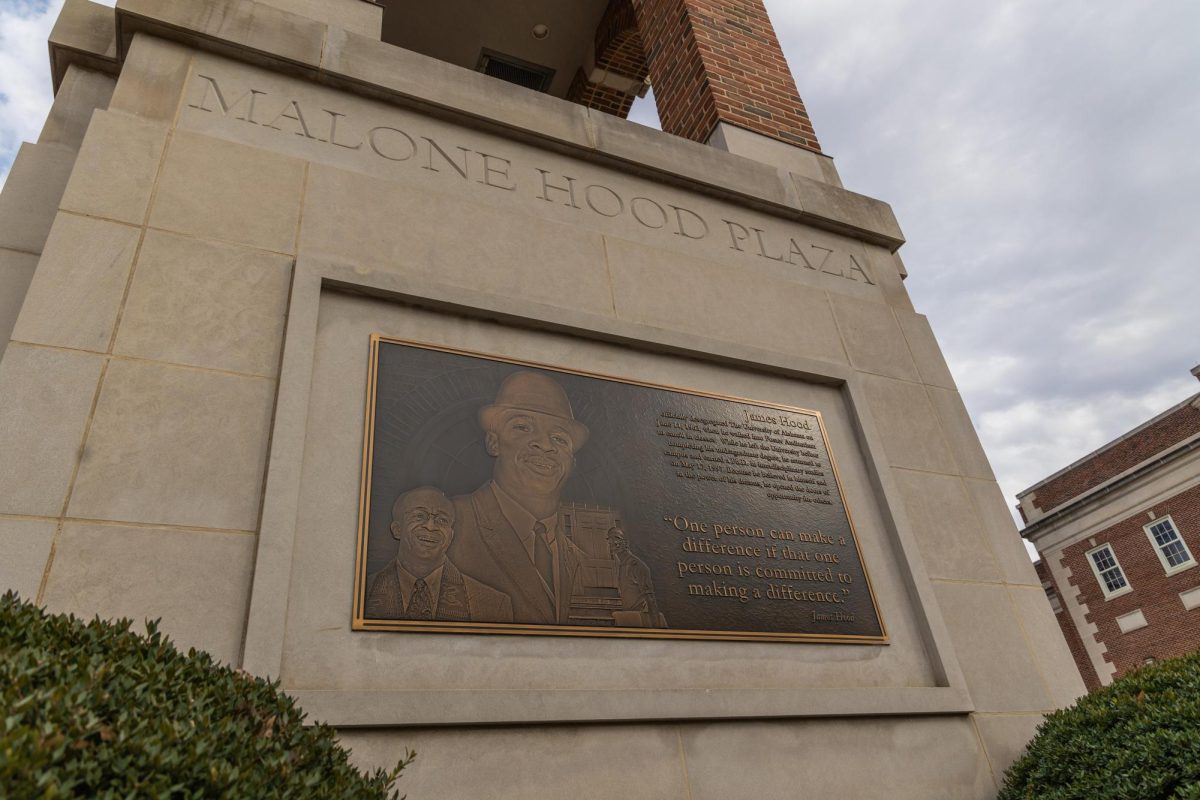The University of Alabama generally has its students’ best interests at heart. However, while the University generally invests much in order to ensure the social, academic and personal well-being of its white students, the same cannot quite be said for its black students.?
The institution whose students can cheer for a football team composed mostly of black men is the same institution that merely sends parents a barely contrite email when the n-word is literally smeared across a building on campus or when a white member of a traditionally-white organization publicly cheers that no black girls will be fellow sisters.
There is no number of black girls who successfully rush ?traditionally white sororities that is going to help how the University’s administration and community treat its black students, not as long as the University continues to avoid real correction. The solution is not yet another Blend or SODEL, which were created as halfhearted solutions to assuage white guilt and grant credibility to misguided notions about what it means to advocate for racial justice on this ?campus, all while effectively undermining black students’ own voices and efforts. Anti-black racism at the University is not an equal-fault or no-fault scenario, because the burden of correcting hostility toward the black community on campus does not and will never lie ?with us.
White students are not the ones who are affected by the very real trauma of seeing “abolish womb lynching” scrawled in brightly-colored chalk on a well-populated sidewalk by an anti-choice student group, a statement that utilizes, for sociopolitical gain, historical racist and white supremacist violence against the black community and appropriates the black ?community’s struggle against that.
There are no number of group lunches that will drastically change the circumstances of black students. It is naïve to believe that the ?problem is that white and black ?students do not like each other. Racism goes deeper than a side-eye or two in the Starbucks line.
The only times the University draws the line between normalized racial violence on this campus of the sort that I have mentioned and the unacceptable kind it takes notice of is when the latter brings this institution ?negative publicity.
Yes, the University’s black students have found ways to build a strong, vibrant community on campus. In conjunction with black faculty and particularly enlightened allies, we do a lot of work to make campus as safe a space as possible for ourselves. There is only so much we can do as students for other students, only so many resources we have access to.
Even if that were not the case, we black students deserve a university that acknowledges our unique needs as black people and black students and makes sincere efforts to ?meet them.
Where is the Office of Diversity or the Black Student Resource Center? Where are the counselors specifically trained to deal with the nervous breakdowns induced by being a black woman walking past traditionally white fraternity houses or because our professor used coded racist ?language in the classroom while our non-black peers laughed along?
For as long as the University remains silent as anti-black racism surreptitiously exists on campus, from microaggressions to outright violence, black students will never feel truly safe as members of the Alabama community. We deserve an institution that makes concrete and sincere efforts to address our needs as ?black students.
Samaria Johnson is a senior ?majoring in history. Her column runs biweekly on Mondays.








